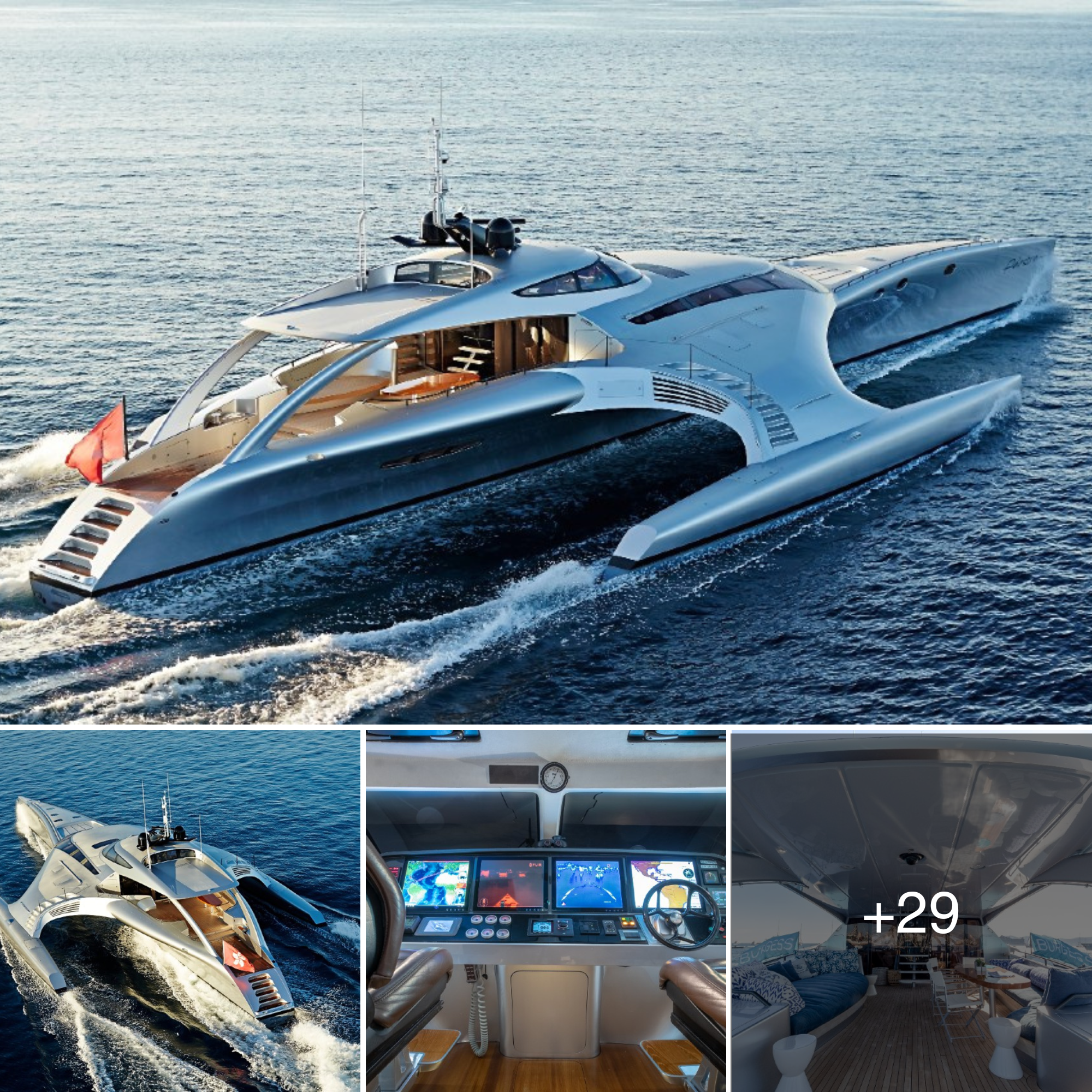
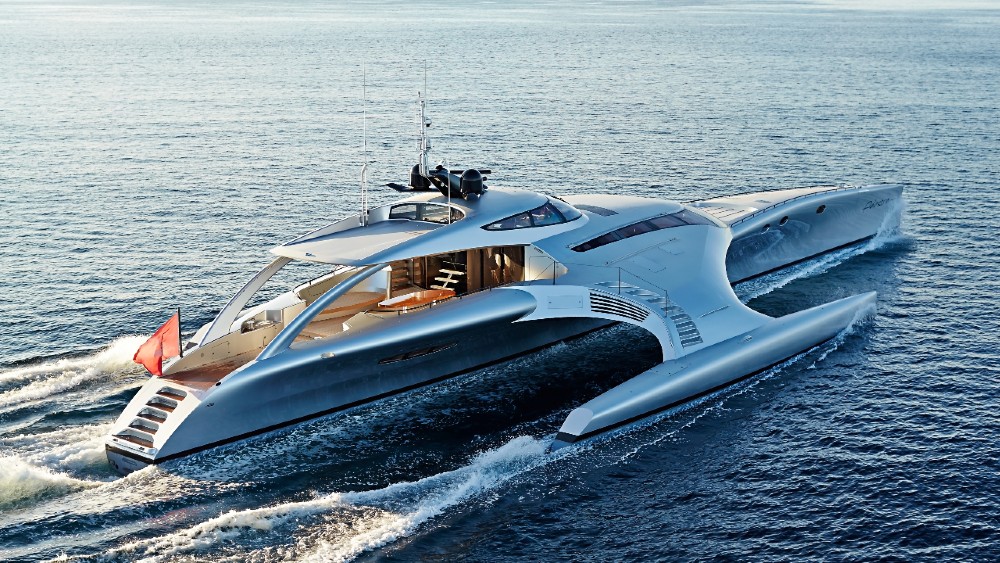
Adastra, or to the heavens, as Virgil once stated, is not your typical superyacht. With its distinctive spacecraft profile, it may appear to be a concept. This 140-foot vessel, delivered in 2012, has spent nearly a decade circumnavigating the globe.
The owner, who requested anonymity, told Robb Report, “We have been fortunate to spend at least three months on board every year since the build, crossing the Atlantic and Pacific Oceans and exploring the more traditional cruising grounds of the Mediterranean and Caribbean.” “Adastra is a truly stable and safe oceangoing yacht.” Additionally, it is one of the most inventive vessels afloat.

Adastra, designed by British architect John Shuttleworth, has garnered multiple accolades and awards, in addition to nonstop acclaim. The craft is distinguished by its three silver hulls that resemble an outrigger canoe. In a video describing the structure, Shuttleworth states, “The structure is an engineering marvel.” Nobody had ever devised or constructed a vessel like that before.
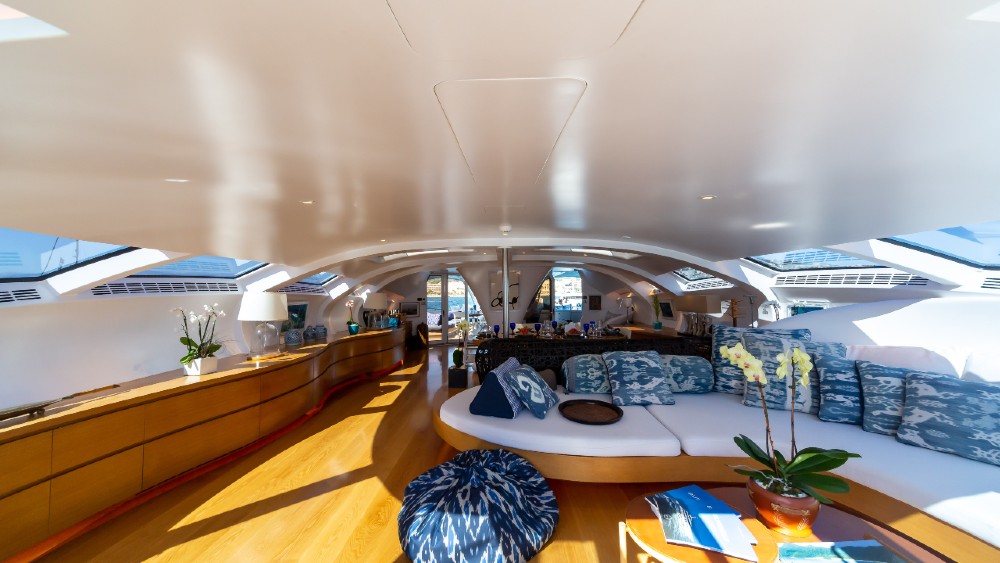
The custom design, which was constructed by McConaghy Boats in Zhuhai, China, underwent structural analysis, and a computer model of Adastra was evaluated for wave impact, slamming, and the potential durability of the outriggers in rough seas. These e-glass and Kevlar hulls are joined to a carbon-fiber superstructure, resulting in a boat that weighs only 49 tonnes, or the same as a 60-foot conventional yacht. Due to the importance of weight reduction for the trimaran’s performance, McConaghy custom-designed every component, including hatches, port lighting, ladders, and hinges, from carbon fibre. This lightweight design provides hydrodynamic efficiency, stability, and performance in addition to low fuel consumption and minimal environmental impact. “It uses one-seventh the amount of fuel” compared to conventional motor yachts of the same size, according to Shuttleworth.
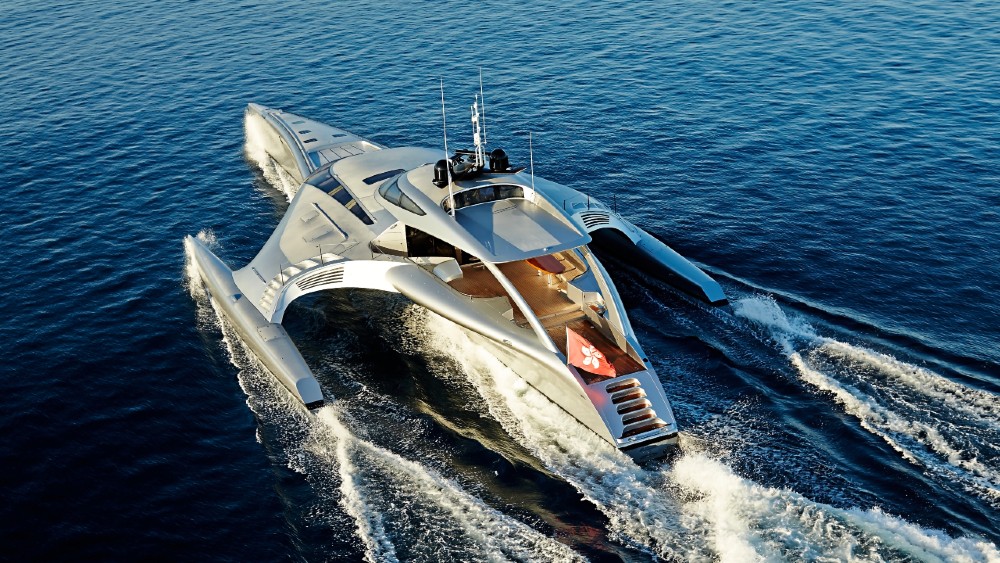
Shuttleworth told Robb Report, “At the time, we hoped that the design would symbolise awareness of the environmental issues facing the world, while also stimulating a shift in attitudes towards reducing carbon emissions and fossil fuel consumption.”
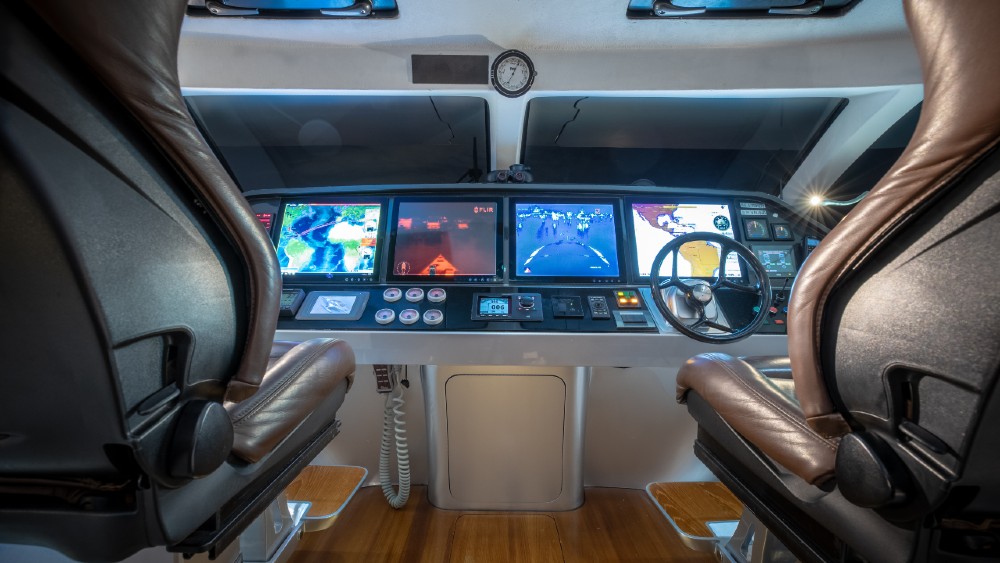
Adastra has endured storms of 50 knots and has a wide range of 10,000 nautical miles at 10 knots. Powered by a single 1,150 horsepower Caterpillar C18 engine, the boat has a maximum speed of 23 knots and a comfortable cruising speed of 17 knots. Two 110-horsepower Yanmar outrigger engines power the three shipboard generators. The two 800-gallon-per-hour water makers maintain the 730-gallon freshwater tanks full for transoceanic voyages.
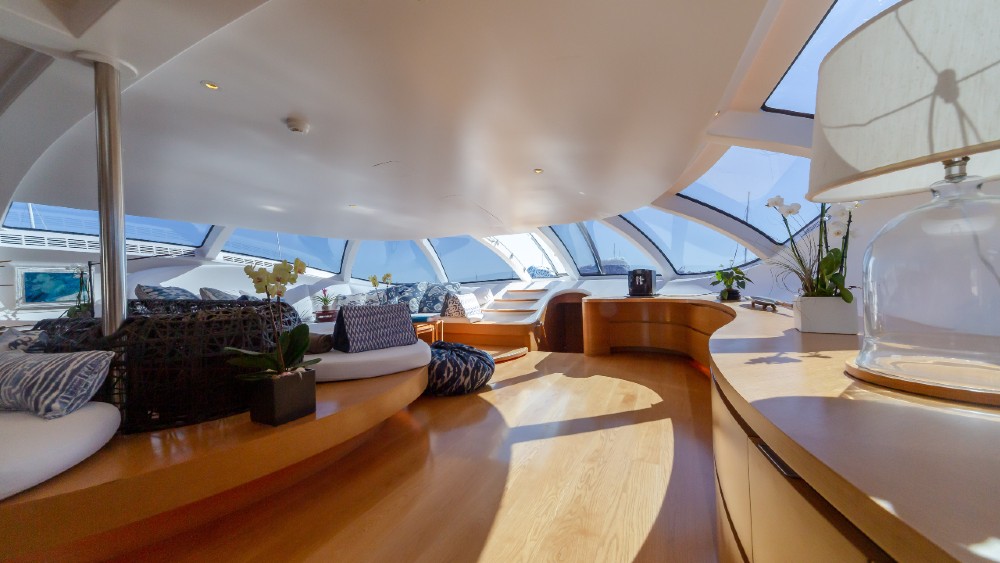
Adastra’s 3.9-foot draught allows her to access narrow areas that other yachts cannot, making her ideal for shallow-water regions such as the Bahamas. The yacht is also equipped with a custom anchoring system that deploys three anchors across the bow, aft, and main hull.
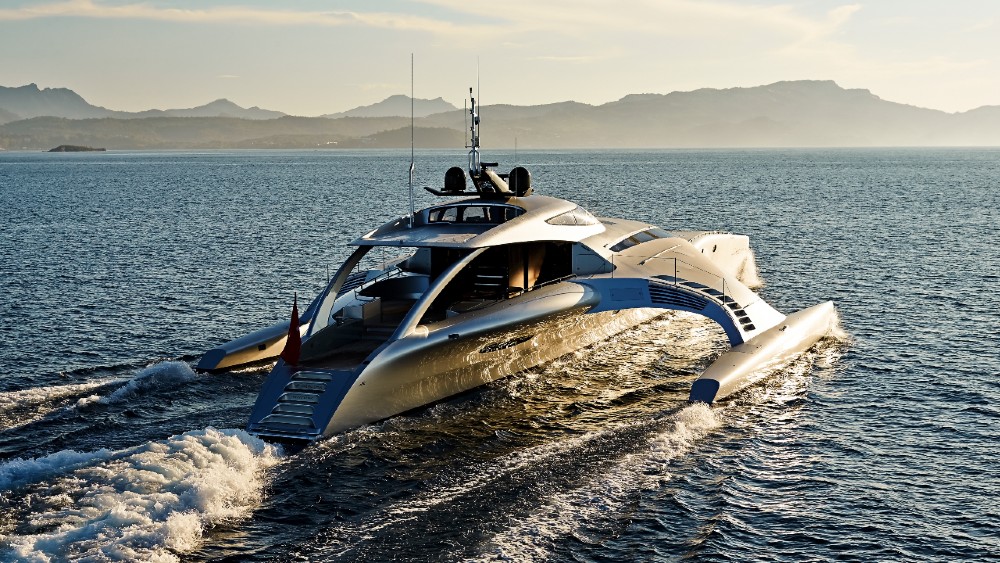
Regardless of its eco-credentials, Adastra is still a luxury yacht. As a result of the main hull’s protrusion over the water, which provides additional space, the exterior layout provides visitors with a number of secluded areas and excellent communal areas. The Scandinavian-influenced interior design by Jepsen Designs is minimalist and dominated by natural light from curved, wraparound windows and skylights, which highlights the honey-colored timbers and neutral colour palette of the open-plan living areas. Adastra was designed for up to six crew members and nine visitors. The master cabin is located aft and is directly connected to the main salon, while two guest accommodations and the galley are situated near the engine compartment.
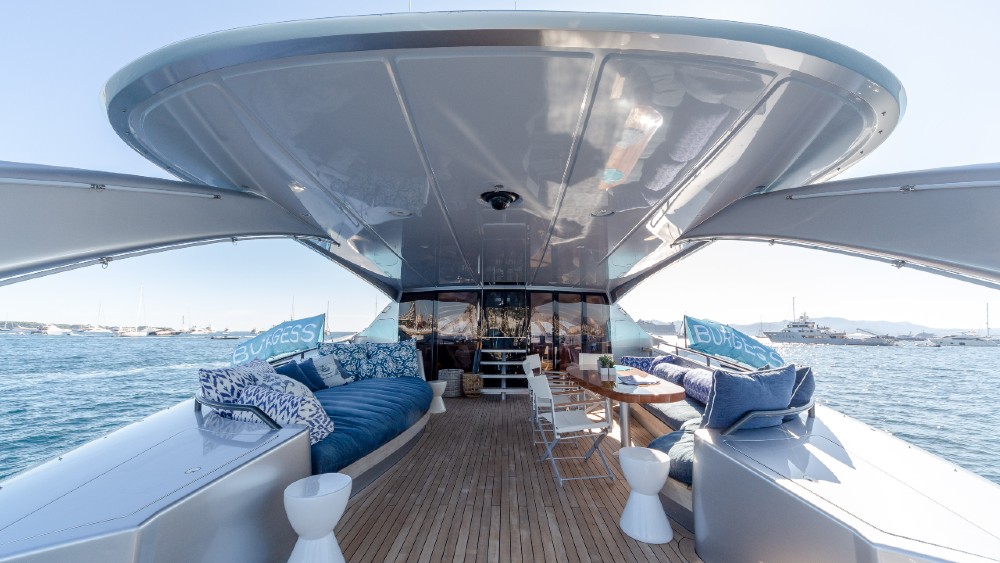
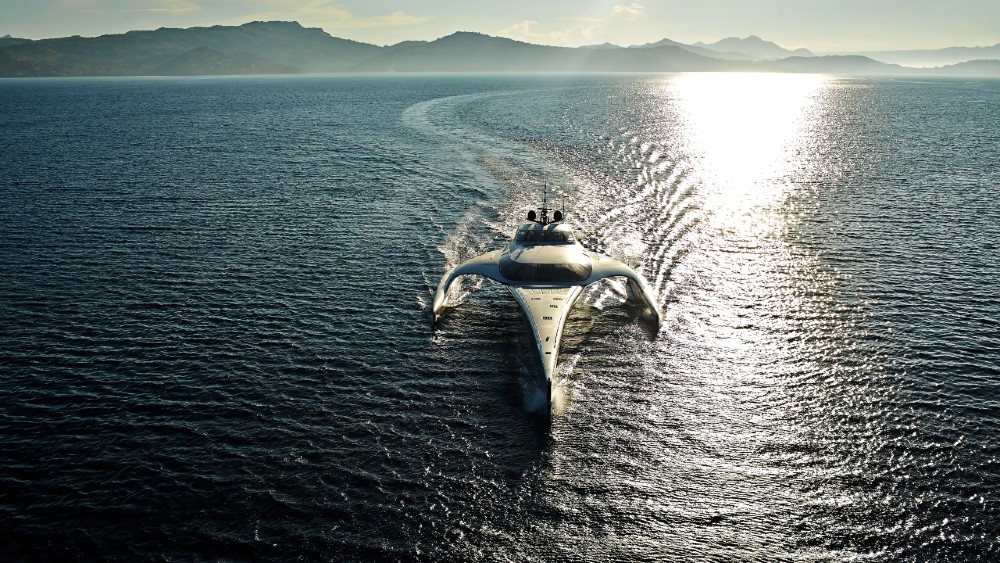
Adastra’s 52.5-foot beam features a spacious aft deck with lounges and a sheltered alfresco dining area, while guests can unwind on the spacious foredeck, with its large sunbed, forward of the main salon. The yacht’s garage door transforms into a diving platform when extended.